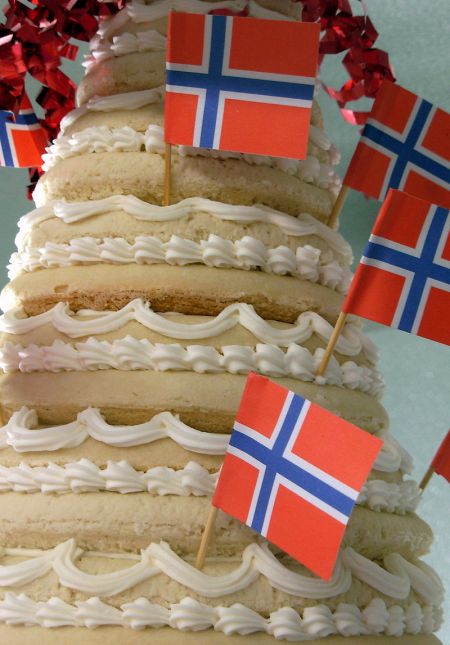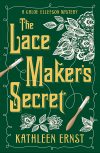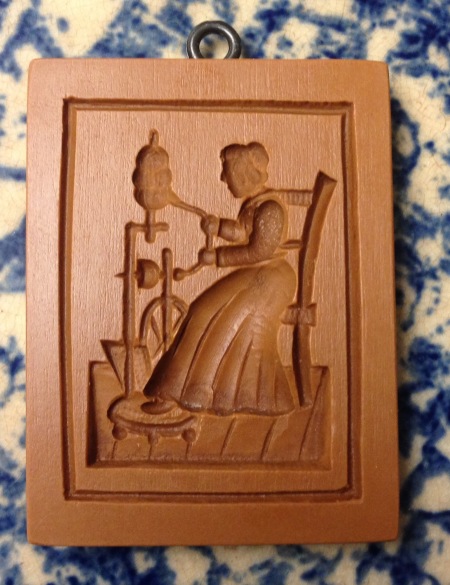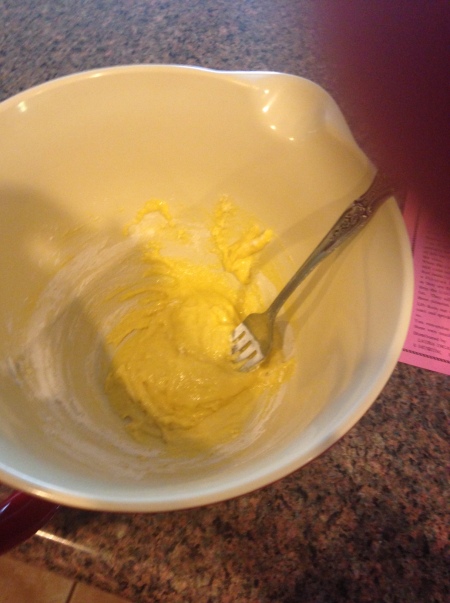Recently, I wanted to try something new in the kitchen. I decided that in honor of the season, I would bake cookies in tribute of Hanneke, protagonist of my soon-to-be-three Hanneke Bauer Mysteries.
Many classic “German” cookies exist, but in the 19th century, there was a lot of cultural diversity between regions. Hanneke came from Pomerania, and I was hoping to find something specific to her background.
I turned to Favorite Recipes of Pommern Cooks, published by the Pommerscher Verein Friestadt in 1992.

That cookbook contains a number of cookie recipes, but I chose Anise-Honey Cookies. The descendant who contributed the recipe added this note: ”I know this recipe came from the old country.”
The recipe calls for a rolled cookie. Lacking some of Karoline Ketlzer’s creations, I used an old family doughnut cutter.
The dough was quite sticky. In order to roll and cut the cookies I had to add so much flour that my first ones were heavy.
I decided to use the dough to make drop cookies. They were delicious!
If you need a break from sugar-coated cookies, I recommend these. They would also be perfect for a book group gathering. The recipe is below, as printed in the cookbook.
Notes: I cut down on the sugar. Also, I started with whole star anise and buzzed a few pods in my spice grinder. The anise does impart a strong flavor, but I like it.
Anise-Honey Cookies
3 eggs, beaten
2 c. sugar
2. c. honey, heated
2 T. ground anise
1 T. baking soda
1 t. ground cloves
4 c. flour (approximately)
pinch of salt
In a medium size mixing bowl, beat the eggs and sugar until thick and lemon color. Add honey and pour mixture into a large mixing bowl. Sift flour, anise, cloves, baking soda, and salt. Stir into egg mixture. This is not enough flour. You need to add enough flour to form dough stiff enough to roll out and make into animal cookies. Bake at 350 degrees until you can touch lightly in the middle and it doesn’t make an indent.
I hope you enjoy!



































 Sometimes you just need some comfort food—something steaming and fragrant and utterly delicious.
Sometimes you just need some comfort food—something steaming and fragrant and utterly delicious.



















































